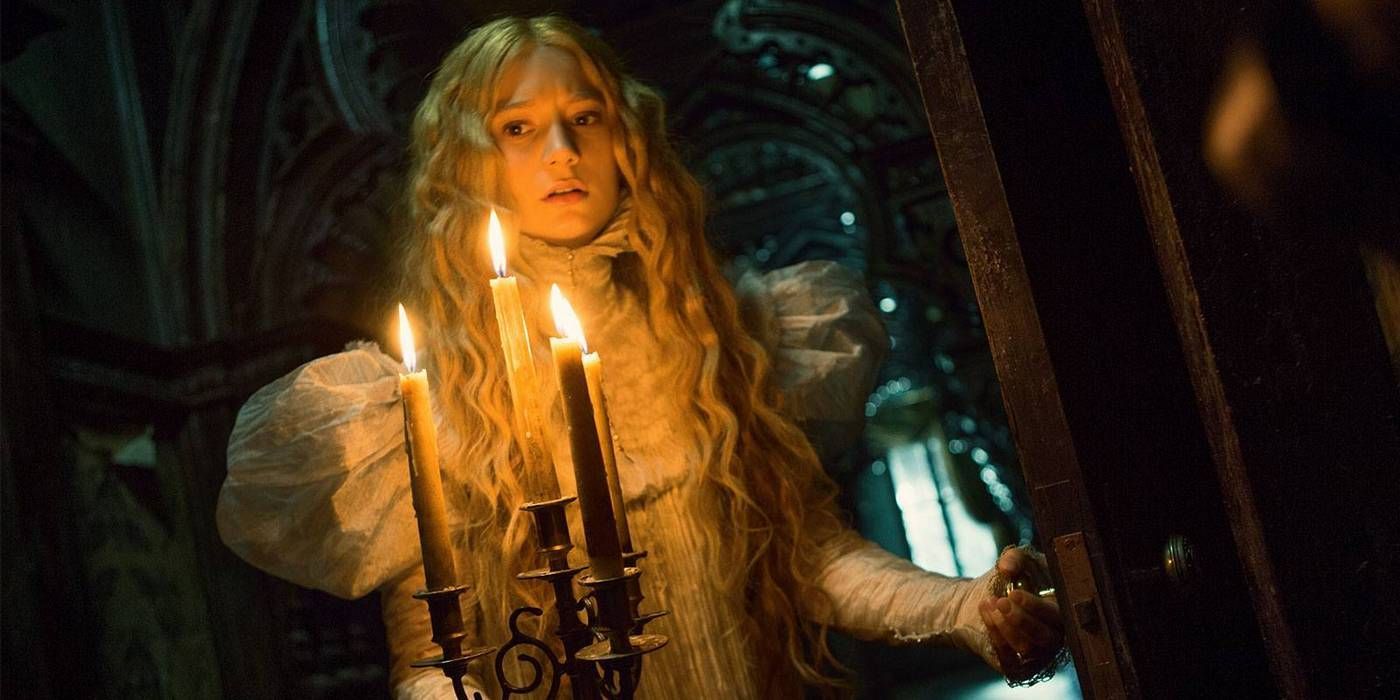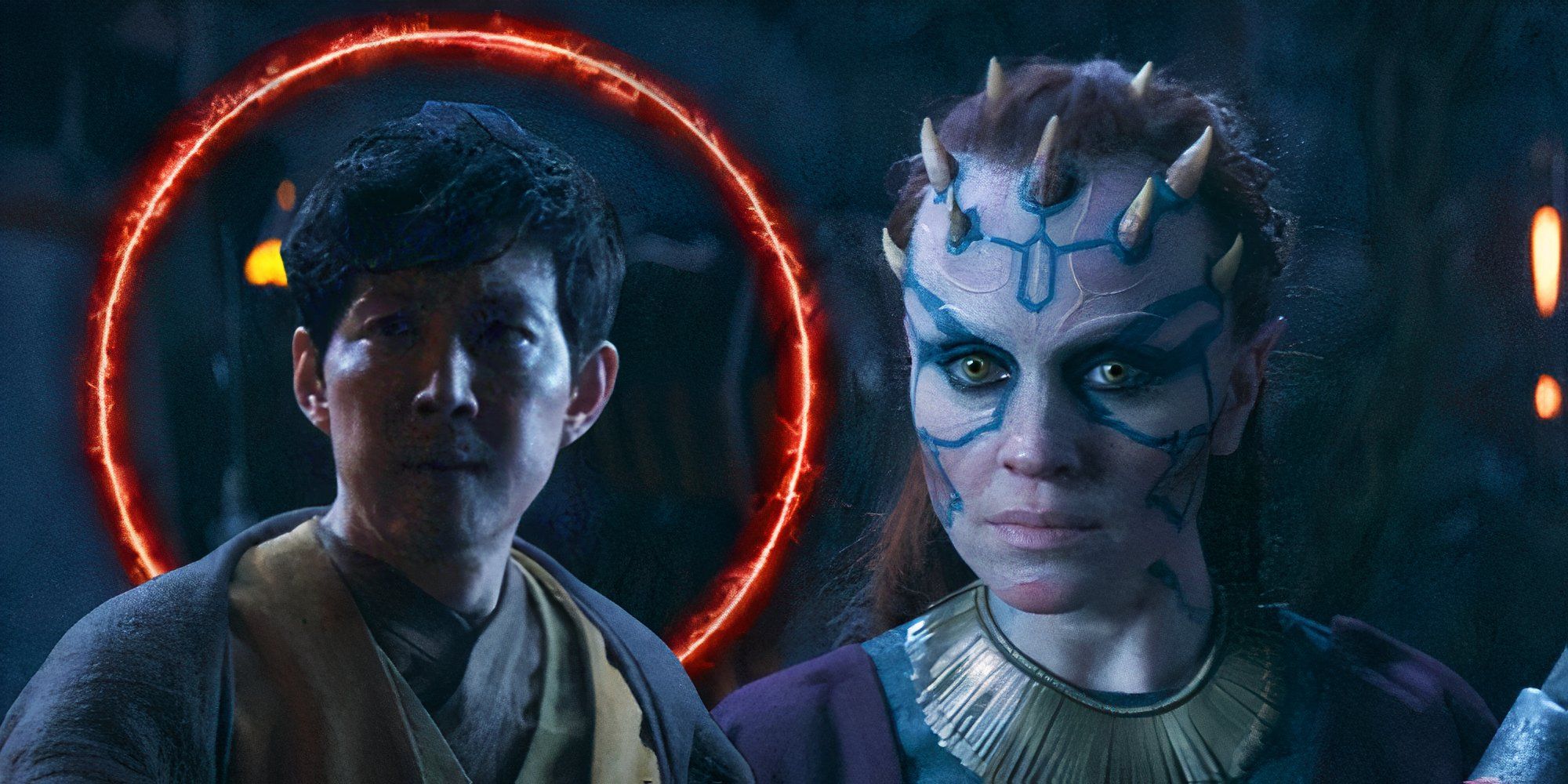Guillermo Del Toro has repeatedly proven himself to be a master of genre filmmaking and fantastical storytelling, but Crimson Peak, his gothic horror film, pulled from some unexpected places for inspiration.
There are few filmmakers who have as eclectic of a resume as renowned writer/director, Guillermo Del Toro. Del Toro’s films have included intimate body horror stories, epic comic book adaptations, and hauntingly beautiful dark fairy tales. He’s a director that’s been able to make the “kaiju” subgenre mainstream and his sea creature love story, The Shape of Water, even took home an Academy Award. Guillermo Del Toro’s star only continues to rise and it’s extremely exciting that regardless of the project, his works always incorporate touches of horror in various ways.
Guillermo Del Toro is someone who tends to mix genres in his films, but if any of his movies is unabashedly a horror film, it’s 2015’s Crimson Peak. Crimson Peak is Del Toro’s inspired take on the haunted house film, but he injects the subject matter with sprawling elegance as he cultivates a Victorian gothic aesthetic to compliment all of the terrifying apparitions that fill his haunted house. Crimson Peak pushes some very creative ideas and pays homage to other classic haunted house epics like The Shining and The Haunting, but Del Toro’s own life also contributed to the film in unexpected ways.
Crimson Peak’s Opening Scene Was Inspired By Events That Happened To Del Toro’s Mother

In spite of Crimson Peak’s supernaturally gothic content, Guillermo Del Toro admits that the opening scene to the movie is actually inspired by a real-life supernatural incident that affected his mother. Del Toro reveals that when his mother was a child, she was convinced that she was visited by the apparition of her deceased grandmother. Del Toro’s mother could hear her silk dress moving through the hallway and could vividly smell her perfume. To go even further, Del Toro’s mother told her son that she heard the springs in her bed creak and depress, as if her grandmother had decided to lay down on her bed with her.
Understandably terrified, Del Toro’s grandmother ran from the room in fear, but this traumatic event not only sparked Del Toro’s story with Crimson Peak, but also is included in the sensory experience of the film. Whether his mother’s story ignited Guillermo’s initial fascination with ghosts and the paranormal or not, he’s had an obsession with the subject matter since he was 11 years old. Del Toro has turned that passion into remarkable filmmaking that elegantly captures his respect for the uncanny. If a heightened ghost story like Crimson Peak can be drawn from a story that’s so deep in Del Toro’s past, then hopefully others will be inspired by their own real life experiences with the paranormal to continue elevating this sometimes forgotten sub-genre.




